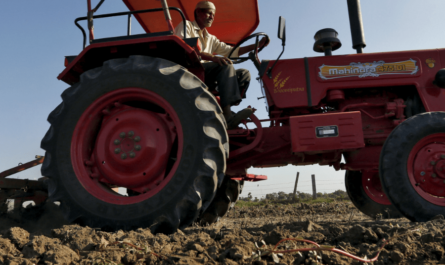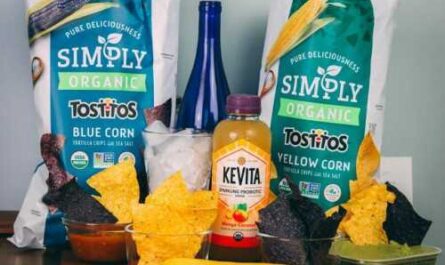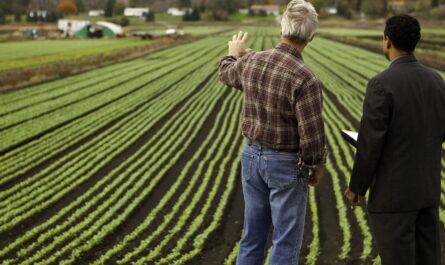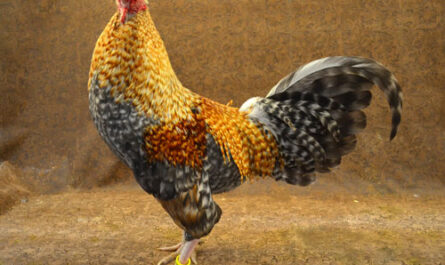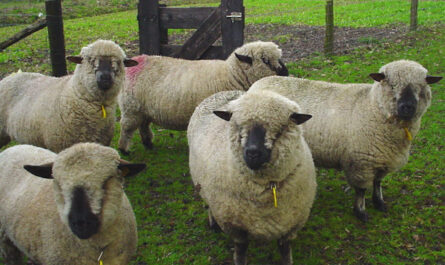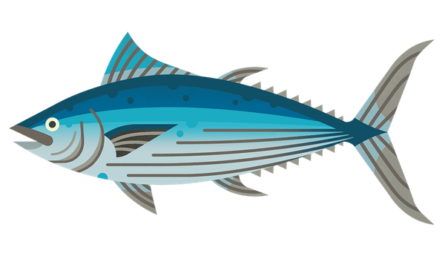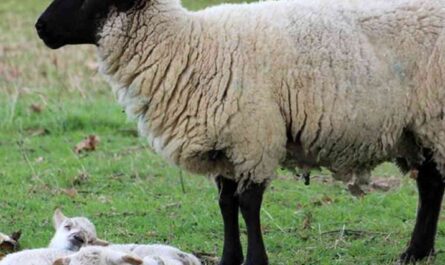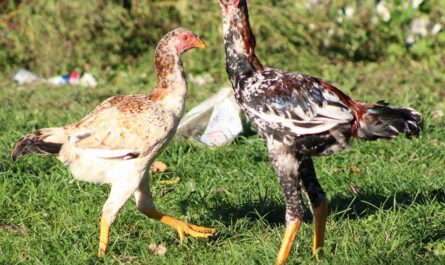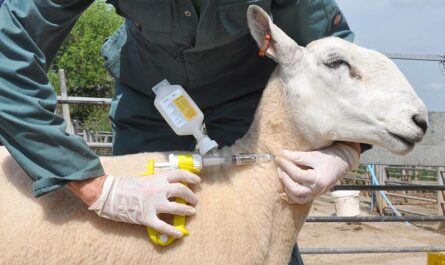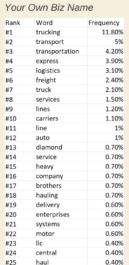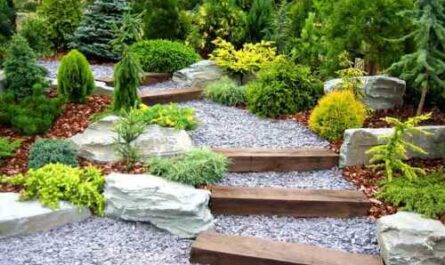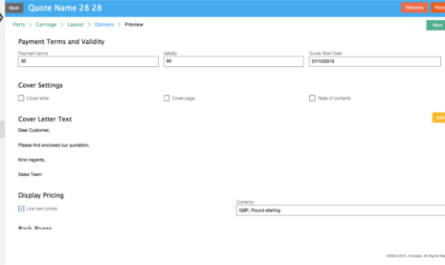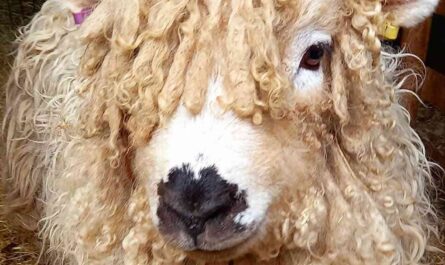The commercial cultivation of peas/matara is a very profitable activity. You can also start growing peas commercially if you have enough land, time and money to invest (although the investment is not too high). Growing peas is very easy whether you grow them commercially or on a small scale in your garden.
Peas (Pisum sativum) is an annual plant with a life cycle of one year. It is actually a cool seasonal crop grown in many parts of the world.
It is also known as matar in Hindi, motor in Asamese and Bengali, vataana in Gujarati, batani in Kannada and Telugu, pattaani kadala in Malayalam, watane in Marathi and Konkani, and matara in Oriya.
Commercial cultivation of peas is very popular in India. Himachal Pradesh, Madhya Pradesh, Haryana, Rajasthan, Punjab, Karnataka, Bihar and Maharashtra are the major trading pea states in India.
Green peas are very popular as a vegetable all over the world. And dried peas are used as legumes.
Dried and green peas are excellent sources of protein, amino acids and sugars. Straw from green peas is good fodder for livestock.
How to Start Commercial Pea Farming
Growing peas commercially and in small quantities in your garden is very easy. Even a beginner can start growing peas commercially. Here we provide more information on growing peas commercially.
Choose a location
First, you need to choose a very good place to grow peas commercially.
Generally well-drained soil with a pH between 6 and 7.5 is considered best for growing commercial peas.
Pea plants do not survive and grow in waterlogged conditions.
Soil preparation
Peas can be grown in different types of soil. But they grow best on sandy and clay soils.
To prepare the soil, first remove all weeds from the field. Then 1-2 plows, with 2-3 harrows and sheathing after plowing. Then level the ground to prevent waterlogging. For the commercial cultivation of peas, it is necessary to ensure that enough nutrients are supplied to the soil.
So try to add as much organic matter to the soil as possible. And also add 30-40 kg of urea and 120-140 kg of superphosphate per hectare.
You should always use chemical fertilizers based on soil test results.
Climatic requirements for growing peas
Peas are a cool season crop and plants grow best between 13°C and 18°C (peas can grow up to 30°C).
Pea plants cannot grow in the summer heat of warmer temperate and flat tropical climates.
But grows well in cooler, higher tropics. An average rainfall of 400 to 500 mm is considered ideal for commercial pea cultivation.
The best time to grow peas
Peas are grown as a cool season crop in many parts of the world. The exact time to sow seeds can vary from winter to early summer depending on location.
Indeed, the seeds can be planted as soon as the soil temperature reaches 10°C.
In India, sowing seeds between October and mid-November gives a good harvest.
Choose the variety
There are many varieties of peas all over the world. Some of the most common pea varieties are Alderman/Tall Telephone, Recruit, Green Arrow, Wando, Serge, Miragreen, Lincoln/Homesteader, Saber, Early Perfection, Snow, Little Marvel, Sugar Ann, Mr. Big, Snowbird, Half Pint , Laxton’s Progress. and Alaska. Green Arrow, Snowbird and Sugar Ann are the most popular pea varieties.
However, in addition to the varieties listed above, there are also many other landraces. You should choose a variety based on its availability in your area.
Please consult an experienced grower or agricultural specialist in your area for a good recommendation. Arket, Bonevilla, Early Bejar and Jawahar are popular commercial hybrid pea varieties in India.
Buy seeds
Buy good quality fresh seeds by choosing the right variety for your business.
Peas are very common and their seeds should be readily available in your area. You can also order seeds online.
Seeds per acre
Depending on the variety, you will need 35 to 40 kg of seed per acre.
Sowing seeds
Pea seeds can be planted both scattered in the field and in rows.
We recommend sowing pea seeds in rows, as this will greatly facilitate the subsequent maintenance process.
There should be about 1 foot between rows and 3 to 4 inches between seeds. Sow the seeds about 2-3 cm into the ground.
Light watering after sowing the seeds will help the seeds germinate better. Seed treatment before planting is always a good thing. Thus, treat the seeds with captan or thiram at the rate of 3 grams per kg of seeds or with carbendazim at the rate of 2.5 grams per kg of seeds. Healthy, fast-growing plants will grow from treated seeds.
Care
The extra care will help the plants grow well and produce more. Here we will go into more detail on how to properly grow peas for commercial purposes.
Fertilizer: As a general rule, when growing peas commercially, top dressing is not necessary. Plants will grow well if you prepare the soil in the above manner.
Watering: Watering is necessary for better plant growth, as well as for a good harvest. Watering immediately after sowing the seeds or watering before sowing will help the seeds germinate better and faster. And after germination, 2-3 more waterings will be needed. The first watering is necessary at the pre-flowering stage, and the second – at the stage of pod formation.
Cannabis control: Commercial cultivation of peas requires additional weeding. Depending on the variety, you will need to perform 1 to 2 weedings. The first weeding should be carried out either at the 2-3 leaf stage, or 3-4 weeks after sowing the seeds. And the second weeding should be done before flowering.
Pests and diseases
Aphids, thrips, pea leaf miner and legworm are common pests of pea plants. Powdery mildew, rust and wilt are common diseases of pea plants.
Please consult any agricultural professional near you for good advice on managing all of these pests and diseases.
Harvest
You can expect a pea harvest within 2-2.5 months of sowing the seeds, although the exact time may vary depending on the variety.
Generally, green pea pods are ready to harvest when they mature.
You can start harvesting the pods as soon as the peas begin to change color from black to green. You will have to wait a little longer if you want to harvest dry seeds.
yield
Returns may vary based on many factors. But on average, you can expect 3000-4000 kg per hectare.
pea feed
Peas are very nutritious. They are starchy but high in fiber, protein, vitamin A, vitamin C, vitamin B6, vitamin K, phosphorus, copper, iron, magnesium and zinc. The dry weight is about one quarter the protein and one quarter the sugar.
Health Benefits of Peas
Green peas are very nutritious, so eating them has many health benefits. Some of the notable health benefits of regular pea consumption are listed below.
- Peas are often used for weight loss because they are low in fat and calories.
- The protective polyphenols (coumestrol) found in peas help prevent stomach cancer.
- Eating peas is good for the health of the home, as well as for the health of the skin and hair.
- Peas are good for improving your body’s immune system as they are rich in calcium, copper, iron, manganese, and zinc.
If you want to start growing peas commercially, try learning about them from an experienced grower in your area. Practical knowledge is much more important when starting an agricultural business. Although growing peas is very simple and you can definitely earn a lot of money in this business. Good luck!
video




